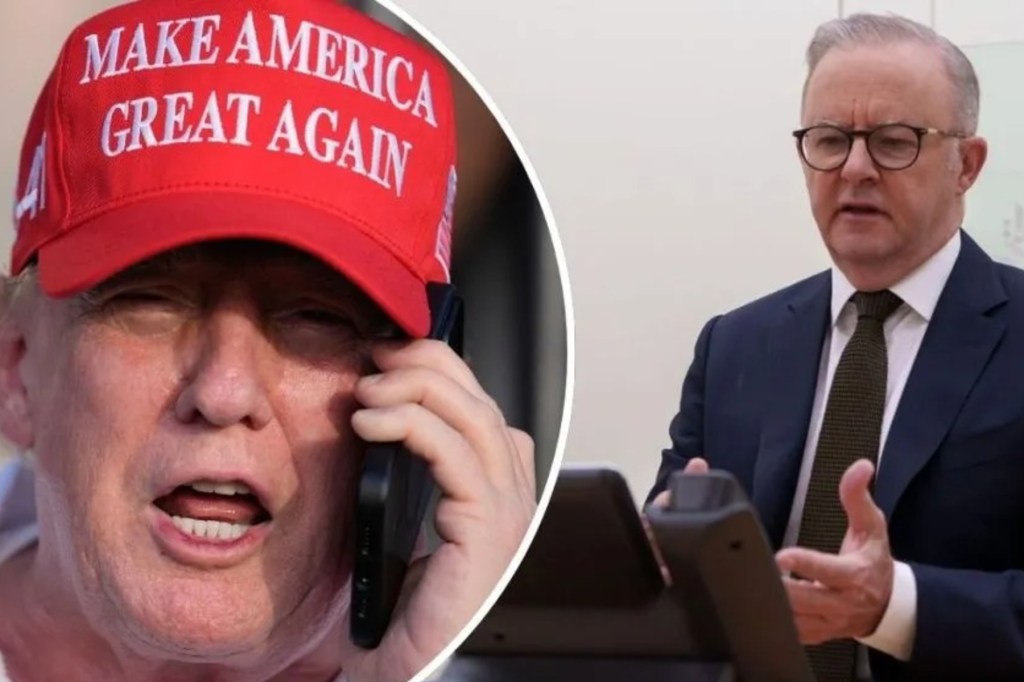Tech’s healthy shift: Australians can now use AirPods as hearing aids
Some Apple AirPods can now be used as hearing aids in Australia, although they come with a warning that they are not suitable for everyone.
Australia’s Therapeutic Goods Administration approved use of the devices in December, and last week Apple pushed out an update for its AirPods Pro 2 devices that allows users to test their hearing and use the Bluetooth headphones as hearing aids for mild to moderate hearing loss.
It is only TGA approved for people aged 18 and older.
The tech giant said its AirPods had similar hearing aid capacity to over-the-counter hearing aid devices. But, at $399, they are significantly cheaper than the thousands of dollars people can pay for hearing aids.
Australian researchers say the health-tracking features can be useful but warn they may not be 100 per cent accurate and are often used by the wrong groups of people.
Using software, the earbuds can perform an air-conduction hearing test that produces an audiogram and assessment for users indicating whether they have hearing loss, and recommending whether to set up the hearing aid function.
You might like
National Acoustic Laboratories principal engineer Nicky Chong-White said the addition would make hearing assistance more accessible and could encourage more people to try it.
“Hearing loss can impact more than a person’s hearing,” Chong-White said.
“It can impact their communication at work, their social life and their overall wellbeing.”
It’s just the latest in a range of wearable devices, including smartwatches, that have been approved to monitor Australians’ health.
A review of the technology by the University of South Australia found health features could correctly identify a user’s Covid-19 status 88 per cent of the time, atrial fibrillation 87 per cent of the time, and falls in 82 per cent of cases.
Stay informed, daily
The findings proved wearable devices could be useful but would not replace dedicated medical equipment or professionals, lead author and university research fellow Ben Singh said.
“They’re never going to be 100 per cent accurate,” Singh said.
“We don’t think they’re going to be devices that are solely relied upon but maybe, if the device tells you there’s something abnormal with your hearing or your heart rhythm, that will prompt you to go and see a doctor or a specialist.”
Nonetheless, he said wearable activity trackers could revolutionise the detection of medical conditions and disease.
“As healthcare budgets continue to soar, the need for cost-effective interventions that reduce healthcare costs and improve patient outcomes has never been more urgent,” he said.
“Our systematic review shows that wearable activity trackers like Fitbits and Apple Watches have significant promise in detecting Covid-19 and heart conditions in real-world settings, which has the potential to improve personal health monitoring.
“Wearable trackers not only empower people to proactively manage their health, but they enable them to detect health issues in real-time. This means that they can respond to any concern quickly, and hopefully avoid any serious health issues.”
About one in three Australian adults used wearable technology to track their health, Singh said, which made health-monitoring tools widely accessible.
Medical features, including hearing tests, would be most useful to older users who might need help or encouragement to try them.
“It’s mainly older individuals who might benefit, yet if we look at the statistics about who’s buying these devices, it tends to be younger individuals,” he said.
“The population that needs early detection devices or the ones who need these diagnoses typically are the ones who aren’t using or buying these devices.”
Other medical conditions that could be monitored by wearable gadgets in the future include sleep apnoea and diabetes.





